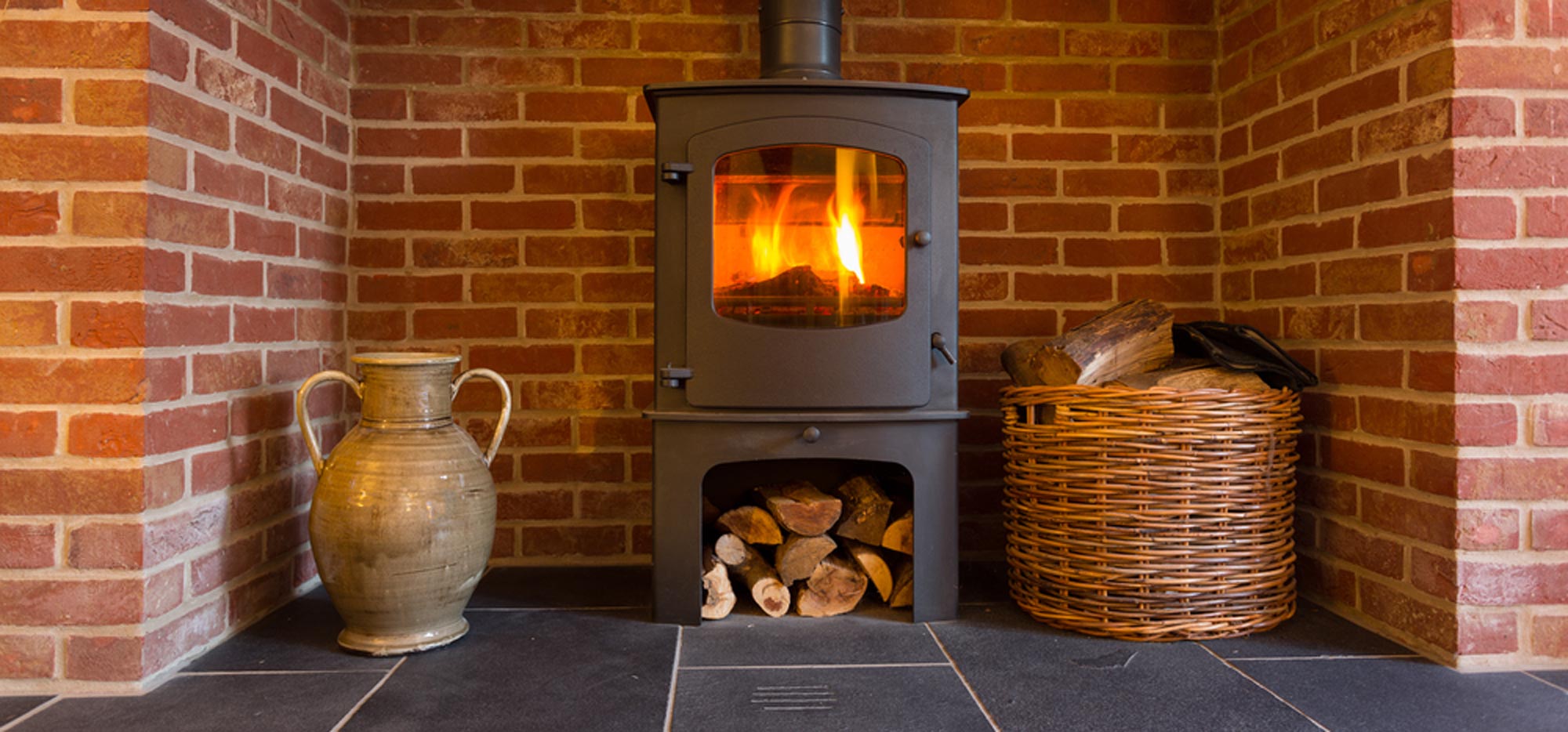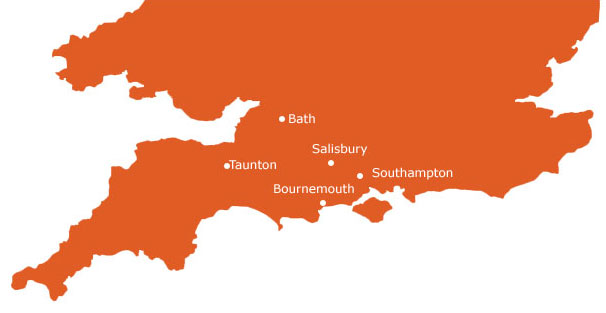

We work within domestic installations, heritage/restorations, public houses and thatched properties.
Avon Forest Chimneys offer a full installation service from start to finish. We are a HETAS approved company, giving customers peace of mind about the high standard and workmanship of the work achieved.
We are HETAS approved installers, registration number 8327 .
- Mr & Mrs Arnott

Get A Quote
Just complete your details below and we'll get back to you with a quote.
We cover the following areas:

In simple terms, the smoke & exhaust gases from your fire rise up inside the stack as they are warmer than the existing air; the familiar principle of hot air rising.
Added to this are principles of pressure; namely the smoke being “drawn” out by the air pressure above the roof.
Chimneys become more efficient once they are warm -when the air inside has warmed up, they draw the smoke up better. Hence fires can be a bit smokey when first lit.
In order for this to all work correctly, the stack needs to be in good condition: cracks and other damage can seriously impair efficiency, as well as causing dangerous smoke to leak back into the home. For that reason, any damage needs to be quickly fixed.
Long term erosion of brickwork and mortar can let water seep in and when this freezes the expansion can cause cracks. Deteriorated lead flashings are also a weak point.
If left unchecked, prolonged water ingress can spread to surrounding roof members, resulting in rot.
Sometimes cracks can result from the combination of weakened masonry and storm force winds. Ageing brickwork, combined with a constant cycle of expansion and contraction due to the heated smoke rising can also be a cause.
The type of repair will be dependent on the exact damage. Sometimes, mortar repointing/ restoration is all that is necessary. In other cases, bricks may need to be chopped out and replaced, or cracks repaired with epoxy resin. In the worst cases, sections of the chimney stack may need to be demolished and rebuilt.
Chimney repair costs can vary considerably, depending upon the extent of the damage, and be anything from a few hundred pounds through to many thousands of pounds.
As well as cracks, there are other potential problems. Spalling can occur to brickwork, when moisture seeps into the brick and then freezes in cold weather. The result is cracking and flaking of the brick and loosening or mortar.
Movement in the property, due to subsidence or natural settling can often leave the masonry stack stressed and prone to cracking.
Nesting or infestation by birds, squirrels and other small animals can result in substantial damag eif left unchecked over time.
Mortar crowns or haunching (on top of the stack) can become damaged due to ageing and require replacing.
And finally, some types of brickwork may become porous due to age and require a waterproof coating to be applied.
Cowls (or balloons) serve several purposes. First and most obviously, they prevent birds from getting into the stack and nesting. Notwithstanding the fact we don't like to see animals get hurt, the nesting material is combustible and therefore a fire risk.
Secondly, they help prevent backflow : when the wind outside is of sufficient force, it negates the negative pressure that normally pulls smoke up and outside, and can force it back down the flue into the room.
Lastly, they offer protection against rain getting down the stack.

If you have external cracks and damage to the stack, then there may be a need to line the stack . This is required to make sure smoke and exhaust gases do not leak out through deteriorated brickwork into upper floor rooms or the roofspace.
If you are having a gas fire fitted, you will invariably need to have a gas liner installed as the carbon monoxide exhaust gases are obviously deadly.
If your stack is particularly damaged and deteriorated , it may be more cost effective to construct a new exterior flue, using a stainless steel twin wall system.
This will be dependent on many factors. Firstly, the type of liner required – flexible stainless steel liner for woodburners is cheaper than gas flue liner for instance. Then we need to know the diameter of liner required, which itself will depend on the heights involved and they size of your fireplace.
Finally we need to consider access. If a straightforward scaffold is required or expensive mobile access platforms.
All in all a typical flexible liner installation (for use with wood burning stoves) can cost anywhere from a few hundred to several thousand pounds.
In most cases where solid fuel is being burnt, we would advocate the installation of a stainless steel flexible flue liner. These are installed from the top, by removing any capping and pulling it down the inside of the stack. The capping is then replaced. Any gaps between the liner and the brickwork can be backfilled with vermiculite heat resistant insulation.
The exact methods will depend on the damage and how access can be obtained. Ocassionally , it's possible to perform minor repairs to relatively low height stacks using ladder access. But more commonly, scaffold access would be required.
In some cases, it may be more efficient to use mobile access platforms (know as “Cherry Pickers”) depending on height and how long it will take to perform repairs.
The process of burning solid fuel (such as wood or coal) over a long period of time, leads to a build up of residue inside the flue. This sooty residue is a by product of burning the fuel, and is a tar or creosote like substance.
The problem comes when substantial amounts build up, as the residue is combustible. Sparks from a raging fire could set it alight, resulting in a chimney fire. The high temperature inside the stack (over 1000 degrees) can cause substantial structural damages, as well as the possibility fo spreading to the surrounding roof. And even without the fire risk, the deposits if left unchecked, can seriously affect the operational efficiency of the fire.
Other potential problems include debris such as branches and leaves getting lodged in the flue, and even birds nesting. These can also be a fire risk.
For that reason it is recommended that you have your stack swept
once a year. You can find qualified sweeps at nacs.org.uk.
But don't wait until autumn as this is the busiest time – if you
get it done in summer you may well get a better price.